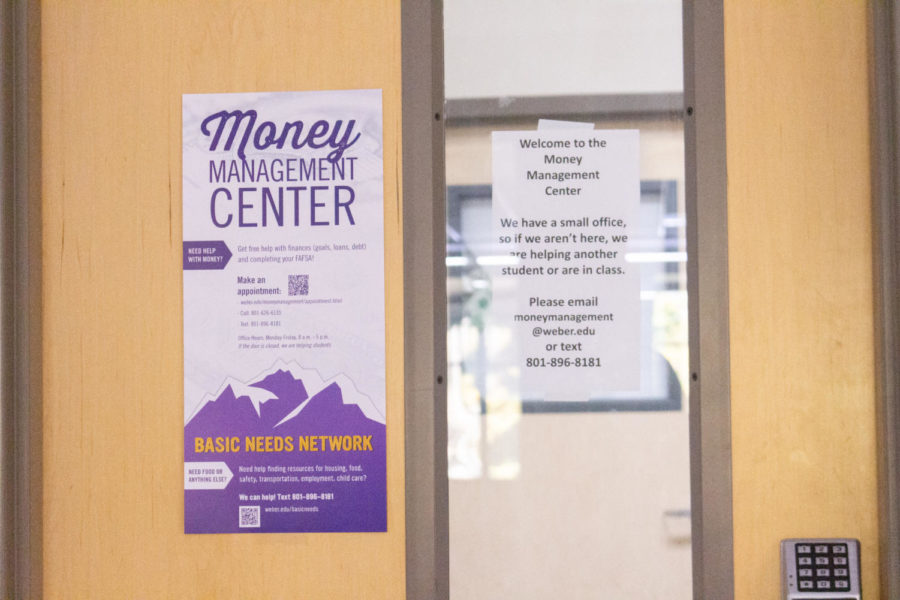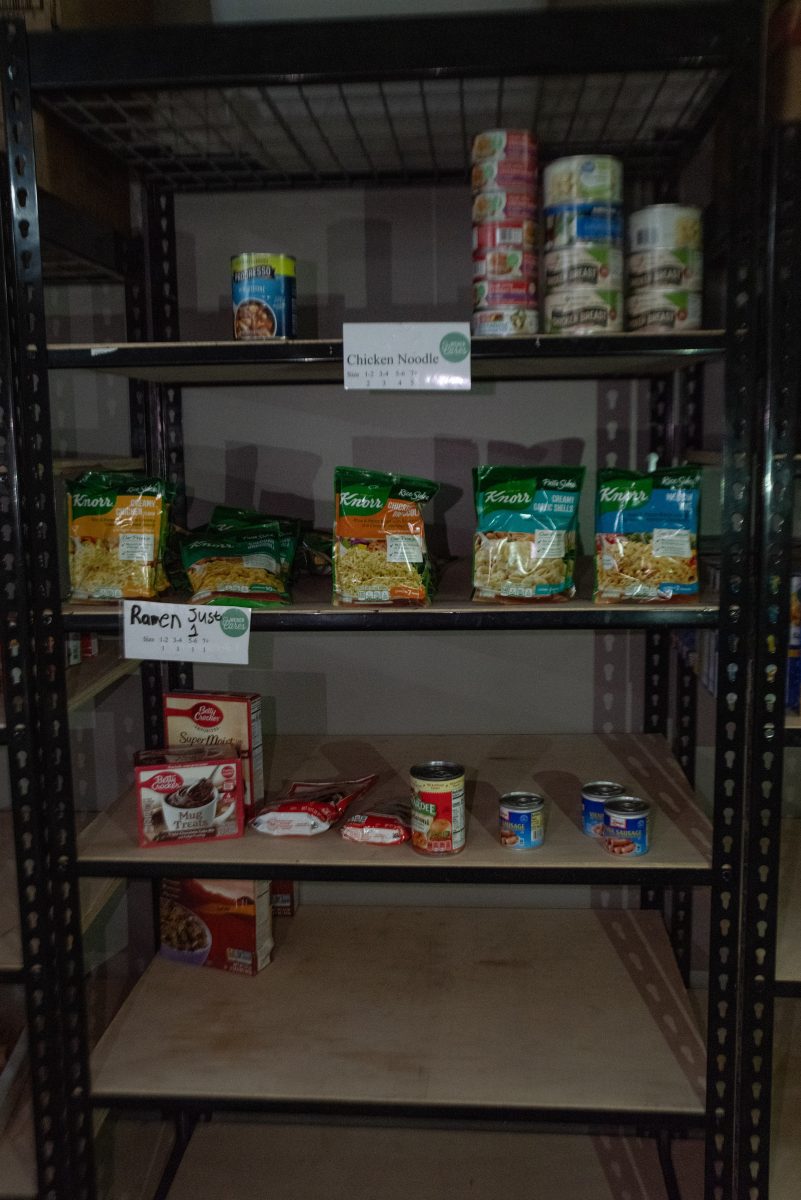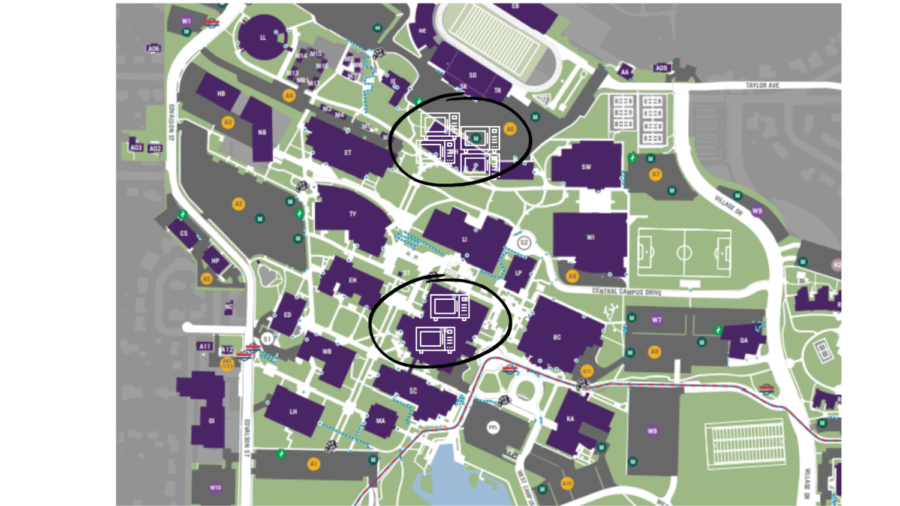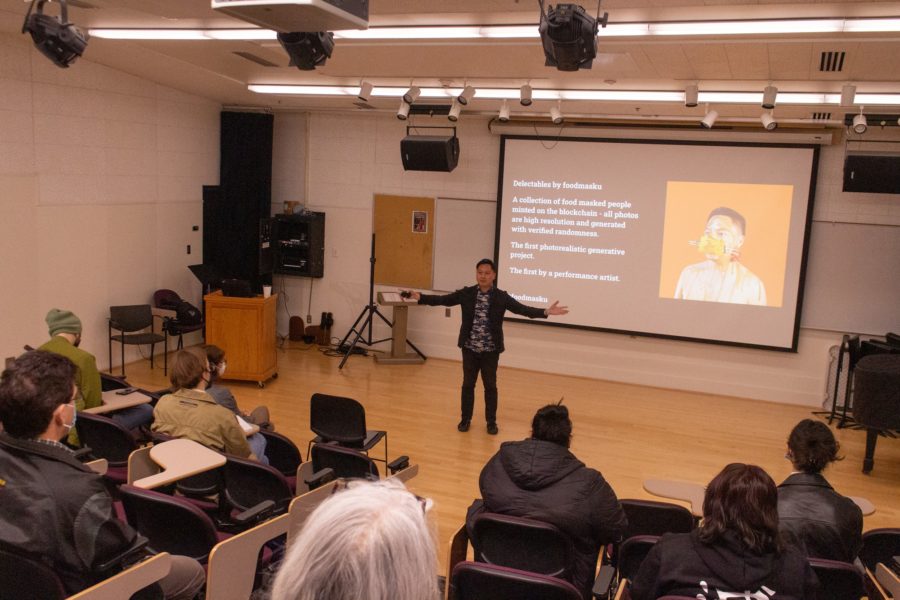
Sleep, activity and nutrition are three key goals Julia Whitney recommended nontraditional students incorporate into their daily lives at her seminar Wednesday.
Whitney, WSU’s student wellness coordinator, along with her intern Hollie Campbell, collaborated with the Nontraditional Student Center to provide information on what it means to be a healthy student at WSU.
“Nontraditional students have a unique set of challenges,” Whitney said, “and we want to make sure their needs are met.”
Nontraditional students, as defined by Weber’s Nontraditional Student Center, are students who are married, divorced, widowed, parents or students 25 years or older.
“They are probably the most distressed population on campus,” Whitney said. “If they’re not doing homework, then they’re running kids to and fro or balancing jobs. Trying to throw some good nutrition in there is a challenge because it’s not a priority.”
In the seminar, both Whitney and Campbell spoke in detail about how to maintain a healthy lifestyle as a nontraditional student. Though it can be difficult, they say, it is important to take small steps to remain healthy because it will pay off in the long run. They broke down three steps to take that are essential for daily health.
First, Whitney recommends more sleep, which is usually the first thing to go. Nontraditional students will often wait until their children are asleep to be able to do homework, which takes away their own sleeping time. They will be awake long into the night working, yet still have to be awake early enough to get their children and themselves to school on time.
“If students got more sleep,” Whitney said, “they would see improvement in their academics, energy, focus and mood throughout the day.”
Second, students can also maintain a healthy lifestyle by incorporating more activity into their day. This can be done by playing outside with their kids, walking around the block or getting up between study sessions and moving around to get the blood flowing.
Students are encouraged to check out all the services the Student Wellness program has to offer. Any student or faculty can meet with a wellness coach who will help create goals for healthier lifestyle. Then they can modify the goal to see why it is or isn’t working, and continue to work towards success.
Campbell recommends planning a goal, stating “you will be happier and healthier if you change your attitude now.” She lays out five steps: needs assessment, planning, implementation, monitoring and evaluation.
Another service Student Wellness offers is group exercises. This group participated in the Nearly Naked Mile together last Friday. Next semester, students can join Students in Motion, a program in which a wellness coach will train them for a half-marathon.
“There are two types of decisions,” Campbell said. “Decisions that take work and pain but pay off in the end, or decisions that have immediate pleasure but stronger consequences.”
Finally, they recommend keeping up with nutrition by eating snacks throughout the day to keep blood flowing and picking healthy meals to nourish the body. Students should increase foods rich in fiber, including whole wheat, bran, fresh fruits and vegetables, as well as increasing water intake. Decreasing sugars and foods high in fat is also a definitive way to be healthier.
“Pick something you know you need to work on right now and start there,” Campbell said. “If you put in a little bit of work now it will pay off in the end.”














